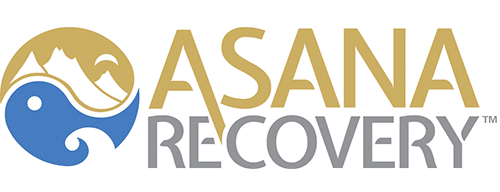The science behind addiction and its treatment has evolved greatly over the past 100 years. Addiction is being less and less as a moral failing and rightly as an actual disease of the mind and body. Currently, the conventional wisdom in treatment is that there are many options for people to get help to control their addictions. The treatment of addiction is supposed to do three things: 1) Help the person stop using; 2) Help the person to continue to stop using in the future; and 3) Help the person recover and be a productive member of society. Almost all protocols of treatment seek to do those three basic things including cognitive therapy, use of specific medications, medical devices, and continued follow-up to ensure long-term success. One of the more newer forms is biofeedback and the treatment of addiction.
Biofeedback is a type of treatment that helps addicts learn how to control their bodies as well as their minds so that it is possible to control the urges of the addiction. This treatment uses devices that monitor a person’s responses to certain stimuli with sensors that track and relay and patient’s bio-signs back to their doctor or therapist. These bio-signs can allow a doctor to help a person control their breathing and heart rates under certain types of circumstances where they might have cravings. It will help a patient first recognize situations that can cause an outbreak of panic and cravings. It will also teach a patient methods and give them the tools to overcome these trigger scenarios and pass through them without giving into the addiction.
Many of the body functions that biofeedback monitors are those types of functions that we do not even think about usually. It is these involuntary responses to stimuli that are important. The types of bodily functions that are monitored are:
- Heart rate
- Breathing rate
- Temperature, internal and on the skin
- Increased blood pressure
- Contracting and involuntary movement of muscles
Once an addict can physically see how certain stimuli affect these involuntary behaviors, then certain learned tools can be implemented to change. They can implement these techniques in real time and see a difference. For example, when asked think about drinking alcohol at a party, an alcoholic might see his or her heart rate to increase and their breathing to get faster. They might get anxious and nervous and begin to sweat. It is then that the patient can use the tools to decrease these symptoms. And over a period of time and with practice, an addict or alcoholic an do these things in real life situations and without a machine strapped to them.
The types of tools and treatment techniques include mindful meditation, progressive muscle relaxation, and guided imagery. All of these tools should be learned and practiced under the guidance of a professional biofeedback who specializes in the treatment of your particular addiction. It is with this type of treatment that an addict can live a full life and to experience everything they want to without the fear of relapsing.
The supervised detoxification and residential treatment programs at Asana Recovery are offered in a supportive, relaxing, and inspiring environment. We’re deeply committed to ensuring your long-term recovery and guiding you on your path to a healthier and happier future. There is no better time than now, and we’re always available to speak with you. Call us at (949) 438-4504 to learn more about our comprehensive drug and alcohol addiction treatment program today.



